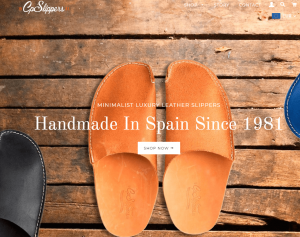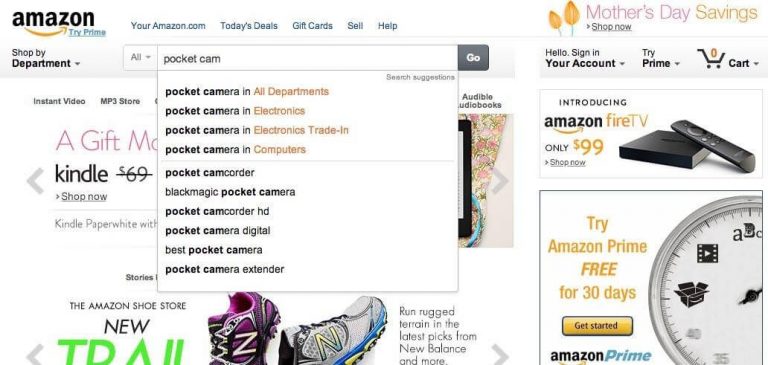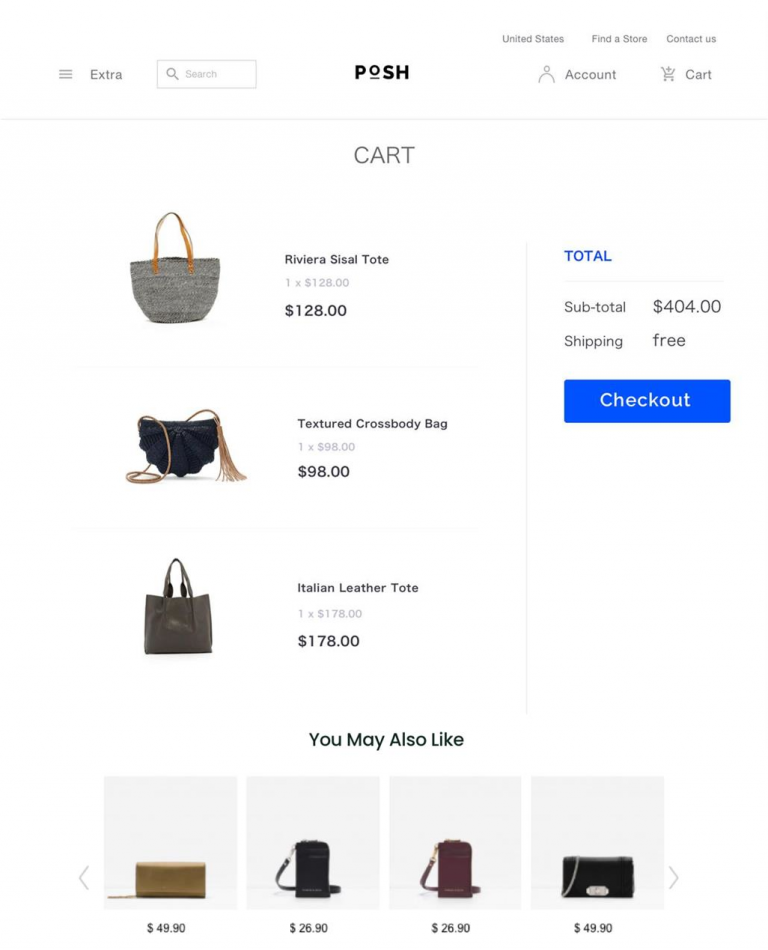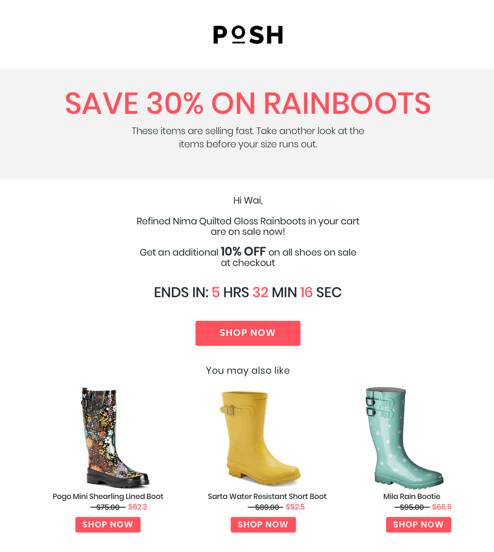The rise of hybrid recommendation engines
Recommendation engines have been the driving force behind the world’s most successful brands.
For instance, Netflix’s engineering director Xavier Amatriain said, “Recommendation is huge, and our search feature is what people do when we’re are not able to show them what to watch.” For Netflix, recommendations were their bread and butter. Netflix realized this in the early stages, that understanding customers proactively and providing the content based on their interests were imperative for their success.
Updated on May 14, 2018
Today, Netflix is considered as one of the world’s most extensive video streaming services and for its in-house shows like House of Cards, Altered Carbon, Fuller House and more.
Unlike search, advertisements and social media; recommendation engines seek user preferences, their actions and monitor user journeys to provide the end-user with the most relevant results. Think of a platform that could provide the same powers of recommending and personalizing experience as that of Amazon, Spotify, Google and Apple; the same technology could be used today by businesses of all shapes and sizes with the help of brands like Insider.
Moreover, the good news is, many retailers, media-houses, event organizers and other sorts of online businesses have already harnessed the power of recommendation platforms.
What’s behind a recommendation engine?
Over the past decade, recommendation systems have become popular among online retailers, social media, media houses, content-heavy websites and more.
For example, the “You may also like…” area on Amazon’s product and checkout pages are fetched by a recommender working behind the scene.
The race to build the best recommendation platforms and engines out there has given birth to two major classes of recommendation engines:
Pure Recommendation Engines – Pure engines depend on one method to rate and provide preference to items in their inventory. These engines might either use collaborative filtering, content-based filtering or other similar methods to fetch the most likely item the user might be inclined to purchase.
These engines generally work fine to a certain extent but due to the growing complexities in user behavior as well as the variety of devices and channels available (the ability to scale) to the end user, these engines are decent at best.
Hybrid Recommendation Engines – To counter the shortcomings of pure recommendation engines, leading platforms like Insider, developed Hybrid Recommendation engines, which are a combination of diverse rating and sorting algorithms. For instance, a hybrid engine could use collaborative filtering and product-based filtering in tandem to recommend a wider array of products with precision.
Insider’s model, for instance, combines diverse algorithm like collaborative and product-based filtering with user activities like trending items, most purchased items, most viewed items in an eCommerce setting to doll out the most appropriate recommendation for your shoppers.
Hybrid systems like Insider provide the users with the flexibility to create a different set of recommendations with different algorithms in each slot. They can select a variety of combinations to find what works best for them. By allowing hybrid systems like Insider to be fed information from a variety of digital channels like web, mobile, push and more, these engines can quickly learn about your content and products in the catalog and make an accurate recommendation based off inventory availability and trends.
It allows the business owner or the administrator to recommend different sorts of products by combining various algorithmic selectors.
For example, if a person is looking to buy a cellphone in a given segment say under ‘X’ price, a hybrid engine can use collaborative filtering in combination with trend analyzing techniques to find the best seller in the given range and suggest that to the shopper.
There are endless possibilities of how a recommendation engine could provide valuable optimizations to your website and other digital channels. In the next section, we’ll discuss a few tactics to help you get started with recommendations.
The homepage: Where it all starts
The very first interaction of any online business occurs via the businesses’ website or mobile app. In most cases, it’s the website, the homepage to be precise. Homepage sets the tone for the visitors. You know, how it’s a saying, the first impression is the last impression; In the virtual world, this is very true.
The notion is simple here, show people what you are selling – have a clear value proposition. For instance, CP Slippers’ homepage, starts off with what it sells, bespoke leather slippers with a 10% discount for new customers. Moreover, with the minimal approach, the CTA catches your attention instantly.

For new users, it can get challenging to understand what they are looking at. Therefore it’s essential to set the message straight.
Give more choices to shoppers on product pages
This happened last week, when I was looking to buy the new shoes at Nike, they had just released a new line of shoe called the React Epic in an all-black colorway. I had been waiting eagerly for these shoes for a long time.
So, when the shoes were released I jumped right in and went to Nike’s online store to buy a pair. Little did I know, the other colors also looked amazing and I ended up paying approximately $500 for 3 shoes.
The point of this short story is to understand the power of choice when in the right hands. If you leverage powerful recommendation platforms like Insider, adding such clever bits to your product pages is a piece of cake with significant short-term and long-term impact.
Empower search on your website
Have you noticed how Google search results also show a table of related search results? That’s Google leveraging recommendation to provide its user with a better experience. Every user is on Google for one reason, and that is search, so it’s essential for Google to provide multiple combinations and synonyms related to each search term.
This recommendation is implemented to allow users to save time and find answers faster.

Similarly, many brands use predictive search as well as serve related terms with context to your searched keyword.
The complementary recommendation at checkout
An excellent method to increase your revenue and average order value (AOV) is to encourage your visitors to add recommended products and offerings at the checkout page.
At times your customers might be looking for a single product. They’ll proceed by dropping by your website or app, select the desired product and checkout. That’s fine but smartly leveraging the customer’s journey, you can encourage your customer to buy other products as a combination.

For example, if a customer is underway to buy a graphic white tee, you can recommend 3-4 pairs of shorts that go well with it at checkout. This generally catches the attention of the customer.
Optimize category lists and pages with recommendations
Class-leading recommendation engines are good at collecting data, that could be missed by any marketer or optimization expert. One of the critical areas that recommendation platforms like Insider could address is your product categories.
Every customer has a different taste with few similarities here and there. One is shopping for t-shirts, and the other shopper is out to buy a pair of sneakers.
Recommendation engines today, can sort relevant categories based on the data it has amassed for each of your visitors or customers. Once set up, the engine would analyze the data about the selected customer and then show the categories that a certain user has the most affinity towards first and similar trend continues down the list.
Revamp your emails
Emails are still one of the most effective methods to promote your business. The email could be used to increase conversions, retain customers as well as keep them informed on policies and new changes. Therefore, having a clever email strategy is imperative for your online operations.
Email recommendation is all rage these days and brands who work out the right recommendation stand to win — repeat purchases, winning back customers, customer retention, introducing customers to undiscovered products.

The email above is an example of how advance recommendation engines work. A customer abandoned his or her cart. The engine recognizes the situation and tailors an email to re-engage with the customers and recover the cart. By cleverly offering an additional 10% discount with a time-limit it creates a sense of urgency in the mind of the customer. As part of the re-engagement process, the engine also suggests shoes similar to the ones added to the cart, giving the customer more choices as well as creating more upselling opportunities for the brand.
To conclude, if you are an online retailer, a media house, publisher and even someone who caters to thousands of people, online, on a regular basis, recommendations are a crucial part of the modern era. More and more people are going about their daily lives via the internet. We shop, we order food, groceries, jewelry, even book cars and houses online these days. Providing a personalized experience is not only good for your business, but important for your customers as well. Rather than spending hours on the internet looking for the perfect item, you could reduce this window and provide exactly what your customer want with recommendation platforms.



















